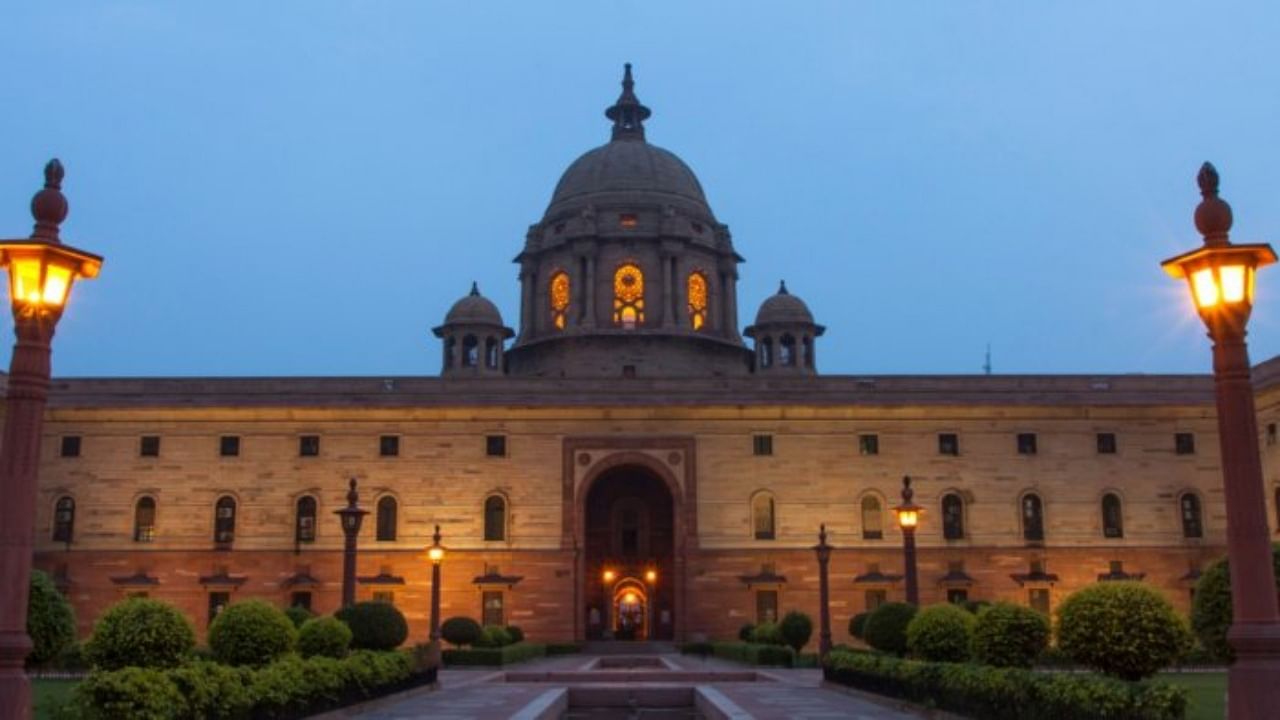
Centralisation and decentralisation are two different political and administrative structures of a country. In a centralised state, the power is rested in the hands of a government at the centre, which is responsible for the decision-making and functioning of a country. While in a decentralised state, the powers and responsibilities are distributed among various others across regions.
Centralised system
A centralised system of government is often linked to an authoritarian regime that gives little to no room for public participation. It is often considered undemocratic. This kind of system is more efficient, with a swift and effective decision-making process, since lesser parties are involved. It also promotes equality among states due to the uniform laws implemented nationwide.
Decentralised system
In this type of system, instead of the powers being concentrated in the centre, among just a few hands, it is distributed among local authorities, even at the grassroots level. Each region may have different features in a decentralised system, with varying degrees of autonomy as well. This is often a response against a centralised system as a decentralised system offers more public participation.
This system limits the risk of excessive power being concentrated in the hands of a few and enhances economic development. It also helps in creating policies that are specific to certain regions, all the while respecting ethnical and cultural diversities.
While this sort of government gives room for more democracy and public participation, the degree of autonomy exercised by certain regions differs. For example, while both USA and China follow the decentralised system, the single states in the US exercise larger autonomy when compared to those of China, which remain under the Centre's strict control.
Some examples of centralised and decentralised countries:
While Scandinavian countries like Denmark and Norway, along with the United Kingdom fall in the first category, Switzerland, China and the US fit into the latter.